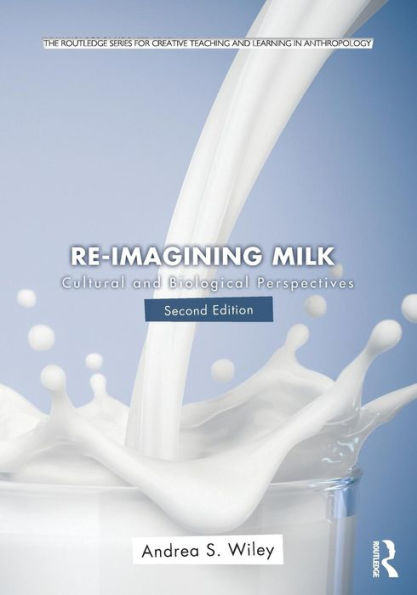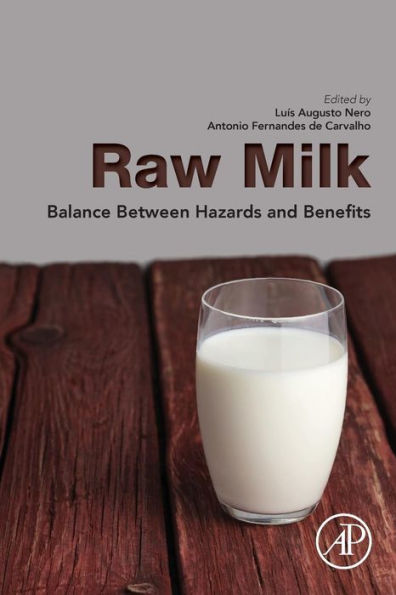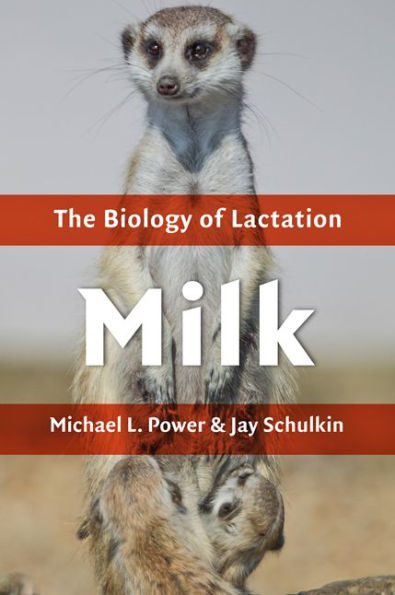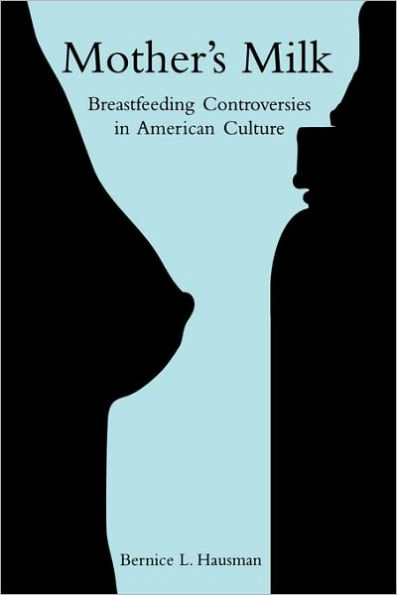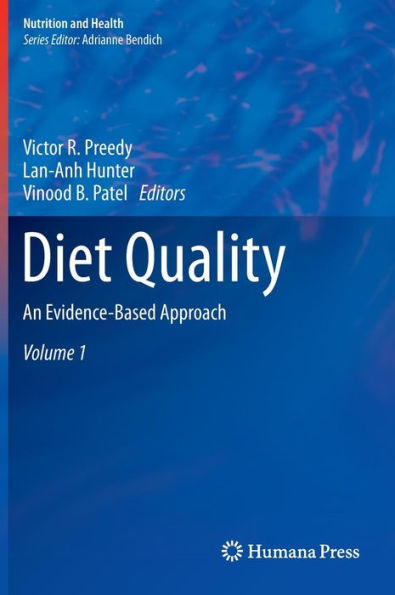Home
Milk Quality, First Edition
Loading Inventory...
Barnes and Noble
Milk Quality, First Edition
Current price: $116.00


Barnes and Noble
Milk Quality, First Edition
Current price: $116.00
Loading Inventory...
Size: OS
*Product Information may vary - to confirm product availability, pricing, and additional information please contact Barnes and Noble
1 World milk production.- 2 Milk production: Factors affecting milk composition.- 2.1 Introductio.- 2.2 Synthetic and secretory tissues of the mamary gland.- 2.2.1 Functional anatomy.- 2.2.2 Role of the milk-producing cell.- 2.2.3 Milk flow within the udder.- 2.3 The initiation and establishment of lactation.- 2.4 The milk ejection reflex.- 2.5 Effect of breed on milk composition and yield.- 2.6 Role of genetics in milk production.- 2.7 Effect of environment on milk composition and yield.- 2.7.1 Effects of season.- 2.7.2 Effects of thermal stress.- 2.8 Dairy cattle nutrition and its influence on milk yield and composition.- 2.8.1 Dietary effects on milk fat.- 2.8.2 Influence of ration on milk protein.- 2.9 The effects of milking management practices on milk quality.- 2.9.1 Milking interval.- 2.9.2 Milking rate.- 2.9.3 Frequency of milking.- 2.9.4 Milking routine.- 2.9.5 Cow preparation and residual milk.- 2.10 Influence of age and stage of lactation on milk component yield 22 References and further reading.- 3 Mastitis and milk quality.- 3.1 Introduction.- 3.2 Causative organisms.- 3.3 Contagious and environmental pathogens.- 3.4 Inflammation.- 3.5 Compositional changes.- 3.6 Milk losses.- 3.7 Impact on dairy products.- 3.8 Control of mastitis.- 3.9 Measurement.- 3.10 Summary 37 Further reading.- 4 Hygienic quality.- 4.1 Milk production, plant cleaning, on-farm storage and collection of milk.- 4.1.1 Milk production.- 4.1.2 Plant cleaning and sterilisation.- 4.1.3 Effect of storage time and temperature on bacterial count.- 4.2 Types of bacteria.- 4.3 Cooling and storage of milk on the farm.- 4.4 Collection, delivery and reception of milk.- 4.4.1 Churn collection.- 4.4.2 Bulk collection.- 4.5 Delivery and storage prior to processing 47 4.5.1 Storage of milk prior to processing.- 4.6 Importance of hygienic quality of milk.- 4.7 Measurement of the hygienic quality of milk.- 4.7.1 Simple, rapid tests for mesophiles.- 4.7.2 Tests for cooled milk.- 4.7.3 Staining and counting bacteria.- 4.7.4 Measurement of metabolic products of microbial cells.- 4.7.5 Measurement of metabolic activity.- 4.8 The future.- 4.9 Sampling, storage, preservation and transportation of samples 55 4.9.1 Sample transport and preservation.- References and further reading.- 5 Adulteration of milk.- 5.1 Introduction.- 5.2 Extraneous water.- 5.2.1 Vieth ratio.- 5.2.2 Nitrates as an indication of extraneous water.- 5.3 Freezing point test for detecting adulteration.- 5.3.1 Basis of the test.- 5.3.2 Freezing point depression and how it is controlled.- 5.3.3 Measurement units.- 5.3.4 How constant is the freezing point of milk?.- 5.3.5 Freezing point of goat's, buffalo'sand ewe's milk.- 5.3.6 Factors affecting freezing point of milk.- 5.3.7 Test method.- 5.3.8 Calculation of amount of extraneous water in milk.- 5.4 Sources of contamination by extraneous water.- 5.5 How to avoid getting water into milk at the farm.- 5.6 Control of extraneous water through payment schemes.- 5.7 Other sources of adulteration.- 5.7.1 Salt.- 5.7.2 Sugar.- 5.7.3 Skim-milk powder.- 5.7.4 Detergent sterilants.- 5.7.5 Preservatives.- 5.7.6 Colostrum.- 5.7.7 Blood.- 5.7.8 Taints.- References and further reading.- 6 Compositional quality.- 6.1 Composition of milk.- 6.2 Measurement of total solids in milk.- 6.3 Measurement of the solids-not-fat (SNF) of milk.- 6.4 Major constituents.- 6.4.1 Fat.- 6.4.2 Proteins.- 6.4.3 Lactose.- 6.5 The use of instruments in assessing compositional quality.- 6.5.1 Assessing compositional quality using infrared.- 6.6 Dairy herd improvement (DHI) and quality payment laboratories.- 6.7 Quality payment systems for milk.- 6.7.1 Compositional quality.- References and further reading.- 7 Milk from sheep and goats.- 7.1 Introduction.- 7.2 Milking practices.- 7.3 Compositional quality.- 7.4 Measuring cow's milk in sheep's or goat's milk products.- 7.4.1 Differences in lipids.- 7.4.2 Differences in protein.- 7.4.3 Immunological techniques.- 7.4.4 General differences.- 7...

